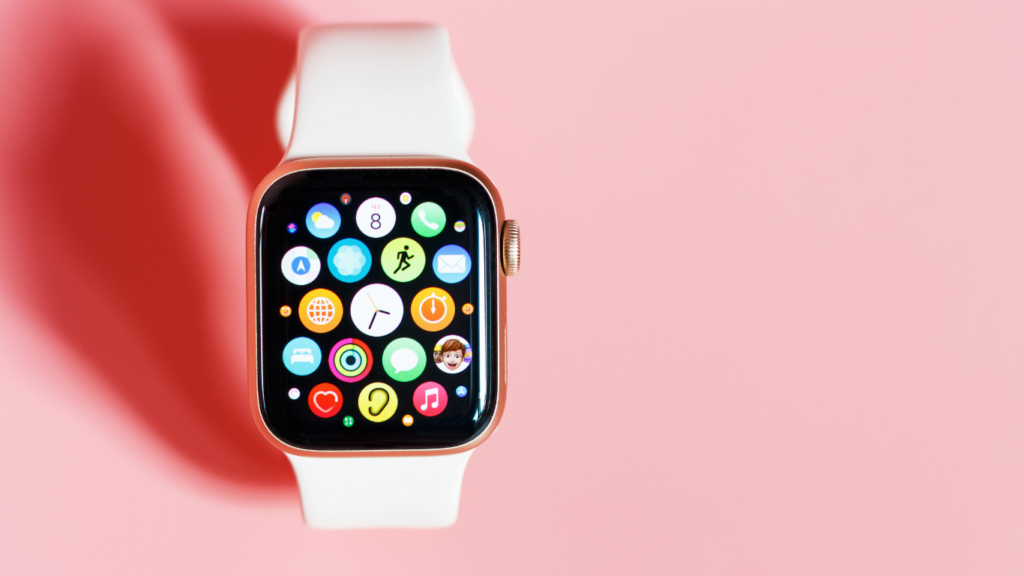Biohacking wearables are transforming how we understand and optimize our bodies, and 2025 is shaping up to be a game-changer. These innovative devices are no longer just about tracking steps or monitoring heart rates—they’re diving deeper into personalized health, performance, and longevity. With technology advancing at lightning speed, the possibilities feel endless.
The Rise Of Biohacking Wearables
Biohacking wearables are gaining attention due to their ability to offer deeper insights into personal health. These devices now integrate sensors for continuous glucose monitoring, heart rate variability analysis, and stress level tracking. They’re empowering users with data to make informed decisions for their well-being.
Artificial intelligence is playing a key role in improving biohacking wearables. AI-driven algorithms analyze complex datasets, providing personalized recommendations for:
- productivity
- fitness
- recovery
For instance, WHOOP bands and Oura Rings have incorporated AI to enhance sleep and performance insights.
Material advancements are driving innovation in wearable design. Flexible e-textiles, skin-compatible adhesives, and waterproof materials allow for comfortable and uninterrupted usage. This progress has made biohacking wearables more practical for daily life.
The global adoption rate for these devices is steadily increasing. Markets like North America and Europe report high demand, while regions such as Asia are emerging as growth hubs. Affordability and expanding use cases contribute to their rising popularity.
Top Features To Look For In 2025

Biohacking wearables in 2025 are expected to enhance personal health management capabilities with cutting-edge technologies. These advancements focus on precision, usability, and actionable insights.
Advanced Health Monitoring
- These wearables are prioritizing real-time, in-depth health metrics.
- Devices will track biomarkers like blood pressure, glucose levels, and oxygen saturation with medical-grade accuracy.
- Continuous monitoring of hormone levels, such as cortisol and melatonin, will support stress and sleep management.
- Wearables equipped with advanced photoplethysmography (PPG) sensors and microfluidic technology will push these capabilities further.
Personalized Feedback Systems
Custom feedback mechanisms are becoming integral to biohacking wearables. By analyzing user data such as activity patterns, dietary habits, and circadian rhythms, these devices deliver tailored recommendations. For instance, they might offer food intake suggestions for balanced macronutrient levels or guide users on optimal workout timing for peak performance. Adaptive algorithms ensure feedback aligns with individual lifestyles.
AI Integration For Enhanced Analytics
AI-driven analytics will simplify complex data collected by biohacking wearables. Intelligent algorithms will transform raw metrics into intuitive insights, enabling precise decision-making. Predictive capabilities, powered by machine learning, will alert users about potential health risks or recovery needs ahead of time. Systems with natural language processing (NLP) will allow seamless interaction and query-based explanations of health data.
Hottest Biohacking Wearables Of 2025
Biohacking wearables in 2025 showcase breakthroughs that redefine how we monitor and optimize health. These devices focus on fitness, sleep, and stress management, delivering precise and actionable insights.
Devices For Fitness Optimization
Fitness optimization wearables deliver advanced metrics for movement, recovery, and performance. Devices like Whoop Band, Fitbit Sense 4, and Oura Ring 4 provide continuous heart rate variability (HRV) monitoring, VO2 max estimation, and muscle recovery insights. Some offer AI-powered coaching, using real-time data to adjust exercise routines. Compact, skin-integrated wearables measure hydration and sweat composition, ensuring peak physical performance. Enhanced GPS and body temperature sensors also enable more accurate endurance training.
Wearables For Sleep Enhancement
Sleep-focused wearables prioritize restorative rest by targeting key physiological metrics. The Eight Sleep Pod 3 tracks body temperature and sleep stages, offering dynamic cooling and heating for better sleep quality. Muse S (2025 version) integrates EEG technology with guided meditation for improved deep sleep initiation. Nightly oxygen saturation tracking in some models detects sleep apnea risks. New wearables combine soundscapes and white noise generators for customized sleep environments.
Tools For Stress Management
Stress management tools analyze physiological and psychological stress markers. Apollo Neuro uses vibration-based stress modulation to improve resilience. Garmin Venu 3 tracks cortisol levels indirectly through HRV trends, offering stress-reduction prompts. Real-time galvanic skin response (GSR) sensors in wearable patches, like Cove, detect stress spikes and guide relaxation techniques. Breath-monitoring features, integrated with mindfulness apps, make stress recovery seamless and efficient.





